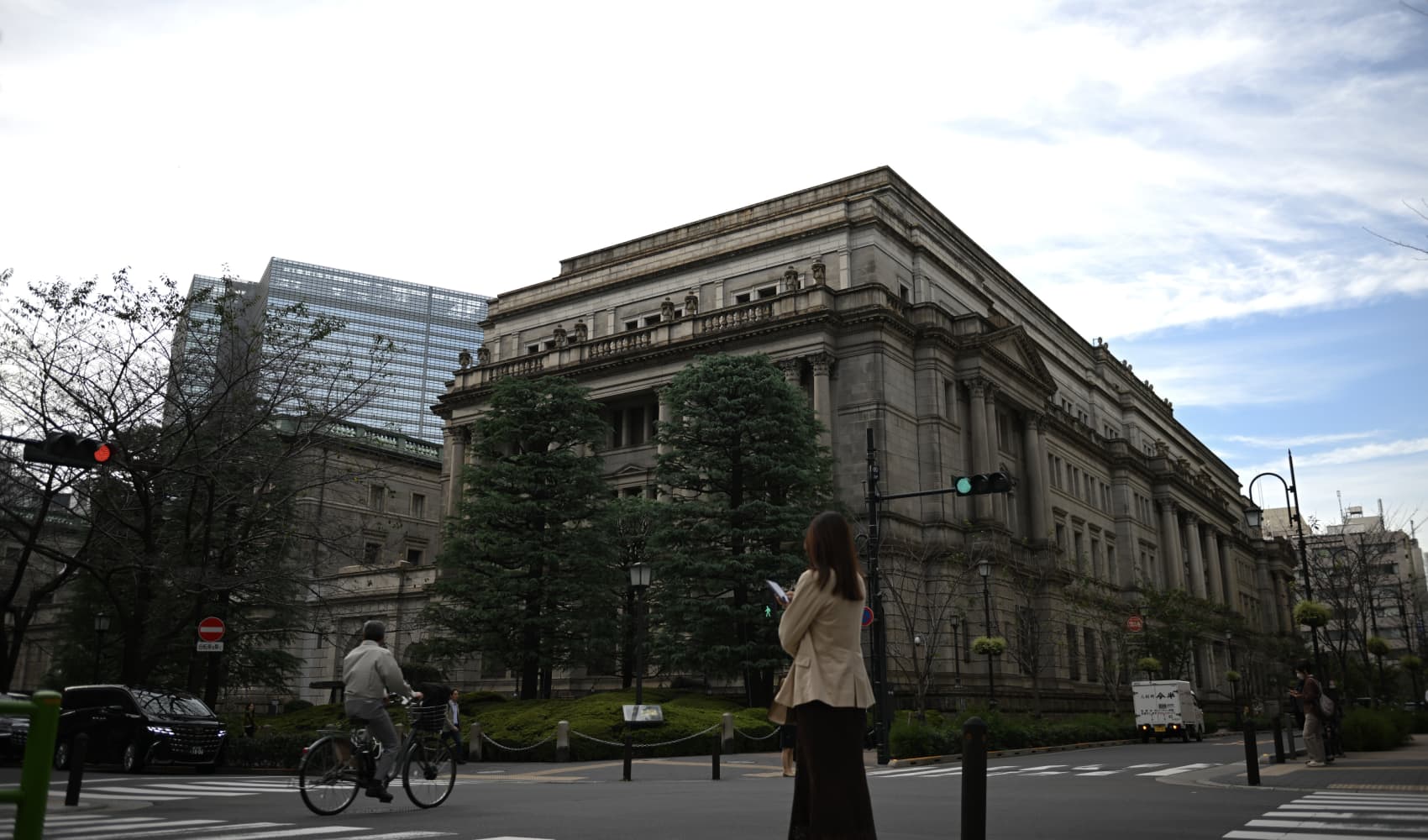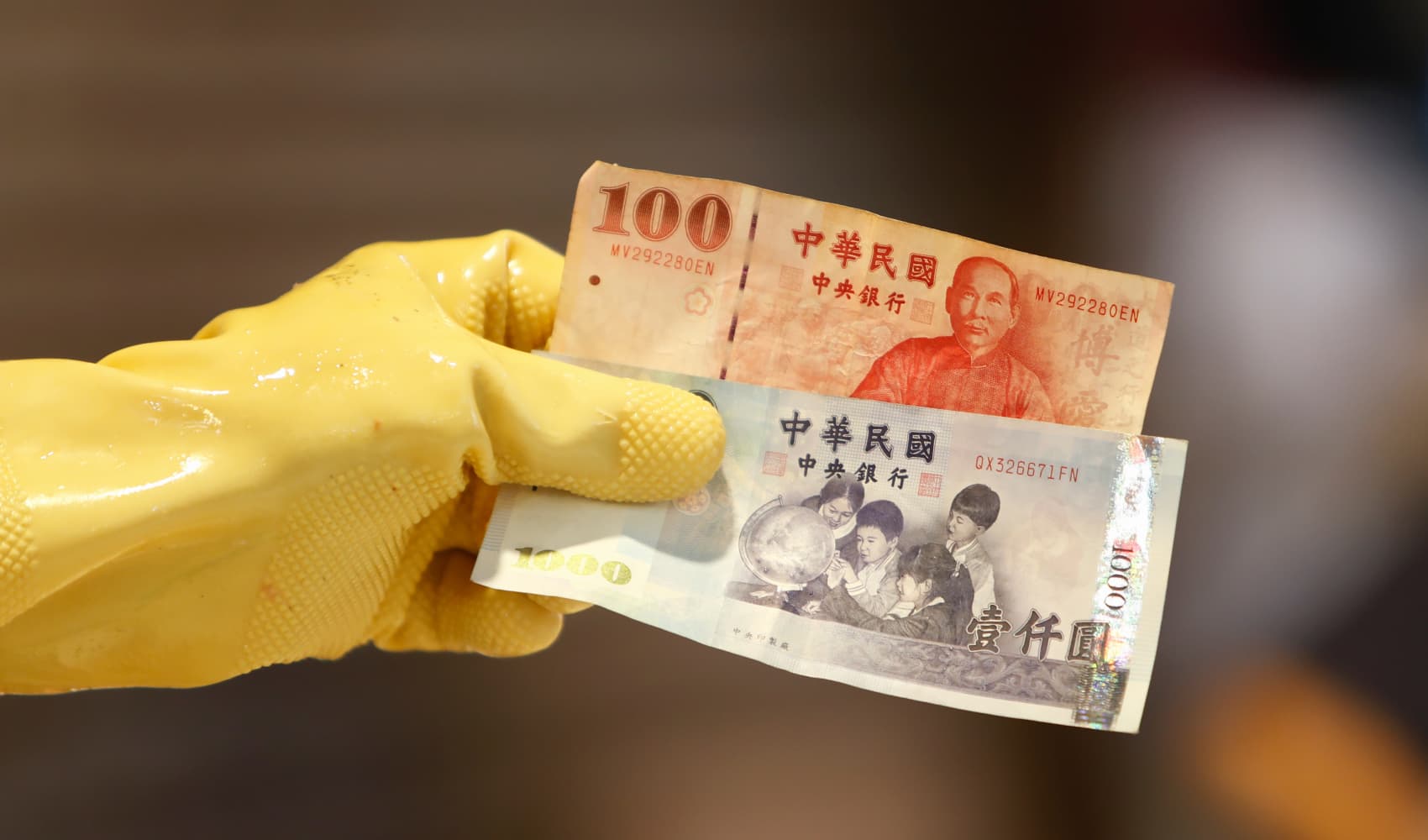South Korea's GDP Plunge: What's Behind the Downturn?
South Korea's Economic Chill: GDP Plunges Amid Construction Slump
Introduction: A Sudden Downturn
Brace yourselves, because South Korea's economy just took a dip! After a long stretch of growth, the nation's Gross Domestic Product (GDP) contracted for the first time in four years. Yes, you read that right. The last time this happened was way back in the fourth quarter of 2020. What's behind this sudden chill? Let's dive in and explore the factors at play.
The Numbers Don't Lie: A 0.1% Contraction
According to preliminary figures, South Korea's GDP shrank by 0.1% year-on-year in the first quarter. This isn't just a minor blip; it's a notable reversal. It's like running full speed and then suddenly hitting the brakes. The expected increase, as predicted by a Reuters poll, was a modest 0.1%. Instead, we saw a decline, starkly contrasting the 1.2% rise in the previous quarter of 2024. Ouch!
Construction's Collapse: The Primary Culprit
So, what’s the main suspect in this economic downturn? The finger is pointing squarely at the construction sector. Data from the Bank of Korea reveals a significant contraction of 12.4% year-on-year in construction activity. That's a major drag on the overall economy. It's like having a flat tire on a race car – it significantly slows things down.
Quarterly Decline: A Broader Perspective
Looking at the data on a quarterly basis paints a similar picture. GDP shrank by 0.2% compared to the previous quarter. This further confirms the slowdown, reversing from the 0.1% gain recorded in the last quarter of 2024. This is a serious trend that warrants careful attention.
Bank of Korea's Warning: Foreshadowing the Future
Remember that monetary policy statement from the Bank of Korea on April 17? They weren't just whistling Dixie. The Bank had already warned that South Korea's GDP growth for 2025 was expected to be… well, let’s just say it wasn't looking rosy. It seems their prediction is already materializing.
H2: Interest Rates and Inflation: A Delicate Balancing Act
Navigating the Economic Tightrope
The Bank of Korea is walking a tightrope, trying to balance interest rates and inflation. Lowering interest rates could stimulate economic activity, but it could also fuel inflation. On the other hand, raising interest rates could tame inflation but stifle growth. What's a central bank to do?
H2: Global Economic Headwinds: Beyond South Korea's Shores
The Impact of International Instability
South Korea doesn't exist in a vacuum. The global economy is facing its own set of challenges, including geopolitical tensions, supply chain disruptions, and fluctuating commodity prices. These external factors undoubtedly contribute to the economic uncertainty in South Korea.
H2: Export Performance: A Key Indicator
Analyzing Trade Trends
South Korea is a major exporting nation. Therefore, its export performance is a critical indicator of its economic health. Are exports increasing, decreasing, or stagnating? Changes in export volumes can significantly impact GDP growth.
H2: Consumer Spending: The Engine of Growth
Understanding Domestic Demand
Consumer spending is the lifeblood of many economies, and South Korea is no exception. Are consumers opening their wallets and spending, or are they tightening their belts? Factors like consumer confidence, unemployment rates, and inflation play a crucial role in shaping consumer behavior.
H2: Government Spending: A Fiscal Response?
Evaluating Policy Initiatives
Will the South Korean government step in with fiscal stimulus measures to boost the economy? Government spending on infrastructure projects, social programs, and other initiatives can help offset the slowdown and create jobs. What's the government's game plan?
H2: The Semiconductor Sector: A Double-Edged Sword
Riding the Tech Rollercoaster
South Korea is a powerhouse in the semiconductor industry. However, this sector is known for its cyclical nature, experiencing periods of boom and bust. Fluctuations in semiconductor demand can have a significant impact on South Korea's overall economy.
H2: Real Estate Market: Another Area of Concern?
Assessing Property Values and Investment
Is the slump in the construction sector a symptom of a broader problem in the real estate market? Declining property values and a slowdown in housing construction can have ripple effects throughout the economy.
H2: Future Projections: Navigating Uncertainty
Predicting the Path Forward
What do economists and analysts predict for South Korea's economic future? Are they forecasting a quick rebound, a prolonged period of stagnation, or something in between? Economic forecasts are inherently uncertain, but they can provide valuable insights.
H2: The Impact on Employment: Jobs at Risk?
Analyzing Labor Market Trends
A contracting economy can lead to job losses. Is the slowdown impacting employment rates? Are certain sectors more vulnerable than others? Monitoring labor market trends is crucial to understanding the social impact of the economic downturn.
H2: Lessons Learned: Avoiding Future Downturns
Strategies for Economic Resilience
What lessons can be learned from this economic downturn? How can South Korea strengthen its economy and make it more resilient to future shocks? Diversifying the economy, investing in innovation, and promoting sustainable growth are all potential strategies.
Conclusion: Key Takeaways and Moving Forward
South Korea's recent GDP contraction serves as a wake-up call. The significant decline in construction activity, coupled with global economic headwinds, has created a challenging environment. While the situation is concerning, it also presents an opportunity for South Korea to reassess its economic strategy and build a more robust and diversified economy for the future. The key takeaway is that proactive measures are needed to address the underlying issues and prevent further economic decline. The journey ahead will require careful navigation, strategic investments, and a commitment to long-term sustainable growth. We will be keeping an eye on this.
Frequently Asked Questions
- What is GDP and why is it important? GDP, or Gross Domestic Product, is the total value of goods and services produced in a country in a specific period. It's a key indicator of a country's economic health and growth. A contracting GDP often signals a recession.
- What caused the decline in South Korea's construction sector? Several factors could contribute, including rising interest rates, increased construction costs, a cooling housing market, and potential changes in government regulations.
- How might this economic contraction affect the average South Korean citizen? Potential impacts include slower wage growth, increased job insecurity, reduced consumer confidence, and possibly higher prices if inflation persists.
- What steps can the South Korean government take to stimulate the economy? The government could implement fiscal stimulus measures such as infrastructure spending, tax cuts, or subsidies for struggling industries. The central bank could also adjust interest rates to encourage borrowing and investment.
- Is this a sign of a long-term economic crisis for South Korea? Not necessarily. While the contraction is concerning, it doesn't automatically indicate a long-term crisis. The severity and duration of the downturn will depend on various factors, including government policy responses and the overall global economic environment.






